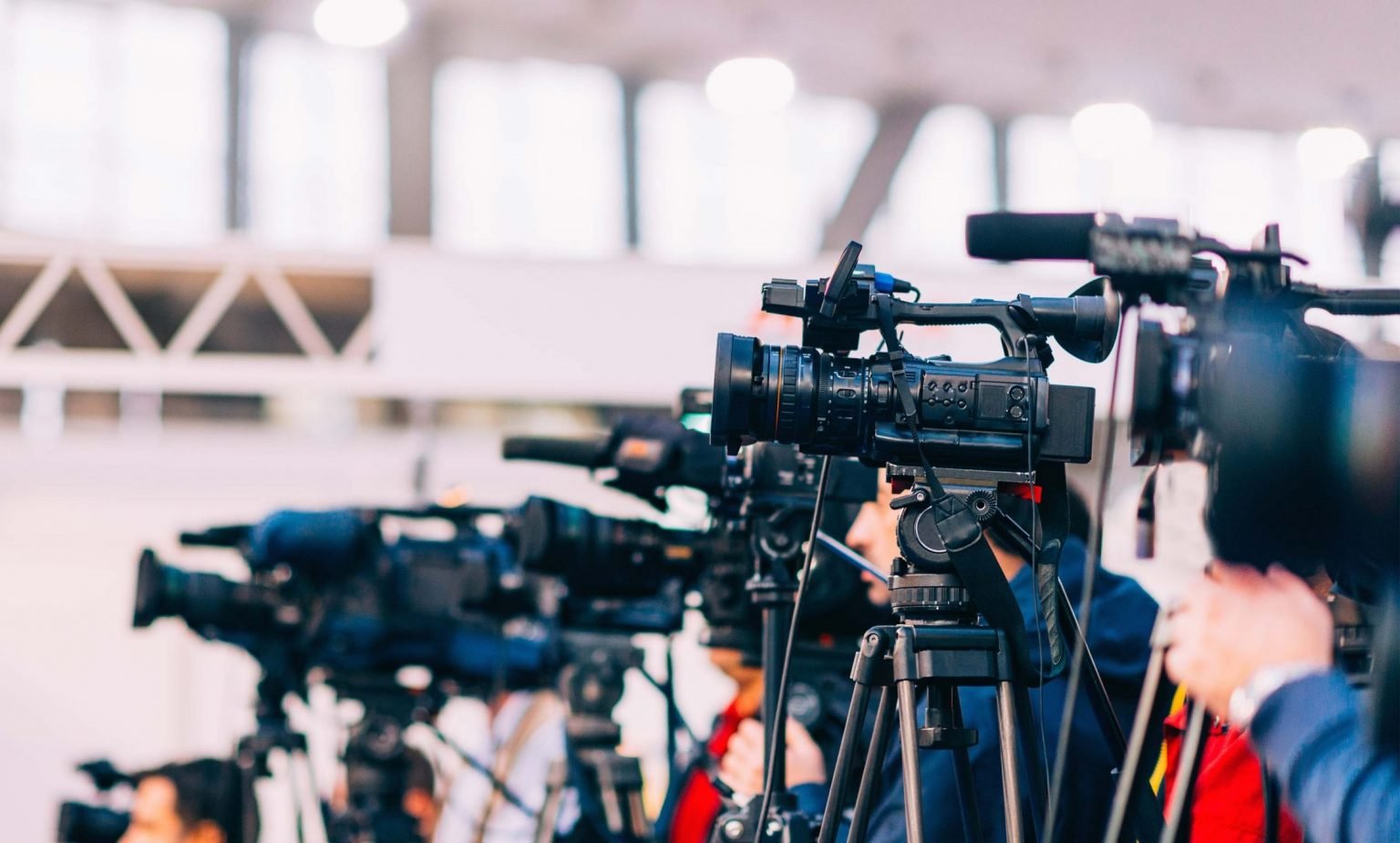Like any other field, COVID has subsequently affected Indian Journalism, but there’s a difference in impact on Journalism and other fields; there are some sectors that were heavily affected by COVID, all negative but for Journalism and mass media, it was both, positive and negative, depending on the circumstances. Let us jot down the effects Journalism faced because of the COVID-19 outbreak.
1. Increase In Job Opportunities
Although COVID-19 left many people jobless, The impact on Indian journalism was quite different in terms of a job. The local publication laid off many employees, but simultaneously many media houses, newsrooms, journalists, publishers and other artists hired people and opened gates for many job opportunities. With the havoc of the pandemic, the only constant thing was the news, the headlines about the natives to election rallies, locals breaking safety guidelines, lockdown, COVID-19 Death ratio and much more; all these factors increased job opportunities.


2. Journalists Became More Challenging And Competitive.
Amidst the terror of COVID 19, Many youngsters chose to join the best journalism college in India to become successful journalists take the challenging job because they sensed the scope of this field shortly. It is more adventurous, and every day has something new for journalists, giving unbiased opinions, revealing the facts and figures, spreading news and awareness and much more. Many people started pursuing their careers in journalism, which led to many challenges and competition, both good and bad because it helps students focus on their careers and aim to do their best.
3. COVID And The Need Of Journalism
In recent years, the use of the internet, exceptionally social media, had increased wildly, followed by TV news before, during and after lockdown, which affected the use of newspapers, radio, and magazines, declining significantly. The anxiety and curiosity due to COVID-related news through mass media were highest (27.3 %) in the 40–49 age group and lowest (14.49%) in the 20–29 age group. About 43.18% of people in the 30–39 age group developed fear, and 28% of the 50–59 age group felt panic due to COVID-related news in media. It has been found that the use of social media is highest in the 20–29 age group, followed by the 10–19 years age group. All these factors impacted the need for journalism in the minds of people.

Conclusion:
At DGMC, we offer intricate courses that nourish students from scratch and give them complete insight into all the things related to their interests; the courses are well defined and structured enough to understand in a better way, although COVID has been a boon and bane for a lot of people and field, it has been beneficial for mass media and journalism field, giving them a clear vision of what they wish to do in life. DGMC is the best media college in Mumbai for masters of arts in journalism and mass communication, making it a perfect option with ample career opportunities.

